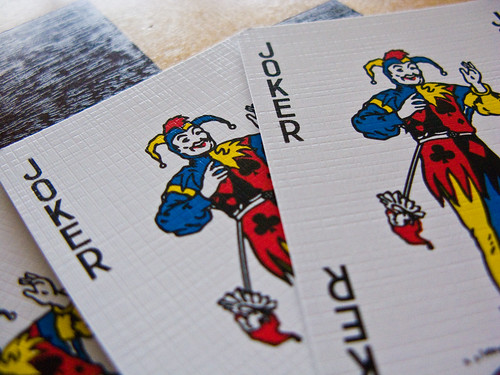It is fascinating to think that the association of madness and hair pulling goes back to medieval times. The fool or the madman in earliest artistic representations of madness was marked by a dishevelled appearance, and chiefly by wild unkempt hair. This image is most likely derived from the fact that people with mental illness would have led socially isolated lives outside of the local community. They may well have become forest dwellers, where they would have been left alone to forage for berries and other freely growing morsels. If and when they emerged in society they would have been instantly recognisable by their tattered, dirty attire and, of course, ungroomed appearance. Another fascinating fact is that the classical image of the court jester, a professional fool appointed at court, is of a man wearing gaudy unmatching colours and wearing a three-pronged hat with bells. What we have here is the image of the forest madman but in an ornate , costume - the colours signify a madman's lack of taste and dress co-ordination and the three-pronged hat invokes association with twisted clumps of upstanding unbrushed hair.
Images of madness appear aplenty in art, but hair pulling per se is more rarely depicted. But one example can be found in Artus Quillinus De Oude's sculpture called The Women From The Madhouse from the 17th century (Gilman, 19, 1996). A seated woman, naked for only a cloth around her waist area, yanks with her left hand at at a thick and entwined handful of hair. She is pulling at far too many hairs at once for them to become extracted, so self-inflicting pain seems to be her object. And with her right hand she is twisting tightly another thick bundle of hairs and pulling them downwards. On her face is a mixture of both agony and pleasure (or relief), as if the mind and body are somehow split; her emotional and physical needs so neglected that automatic grooming behaviours have become more exagerated and self-directed than normal. It is as if her soul seeks relief from the otherwise lack of control she has over her immediate environment, and obtains it via hair manipulation.
A second interesting presentation of hair pulling can be found in Thomas Rowlandson's and Augustus Pugin's drawing of the interior of St. Luke's Hospital in 1809 (Gilman, 146, 1996). Four women in the forefront clearly have very dishevelled hair. One seated in the left corner appears to be holding up in each hand a clump of extracted hairs. A second seated woman in the middle of the picture is clutching at her hair, possibly seeking to extract some fibres. Two other women walk together and although their hands are not engaged in pulling activity their hair is clearly of uneven lengths indicating sporadic and unco-ordinated growth - resulting perhaps from hairs having been plucked out at diverse times. In this scene the forementioned patients reflect, 'standard images of Bedlam, raving mania and melancholy' (Gilman 1996). The artist divides the image into two halves - the left side where the hair pullers dwell represents the old style Bedlam or unreformed asylum where inmates are abandoned and left alone. The hair pulling may then be symptomatic of the hospital environment itself. On the right side, hospital life is organised and ordely with inmates performing useful chores and where no self-directed behaviours are being indulged in. The implication is that healthy minds require healthy socially functional lifestyles - an affirmation of the christian sentiment that the devil makes work for idle hands.
Again we can see that references to hair and hair pulling are core to the commonly held images that we all carry with us but which are so close to us that we often overlook them.
References:
Gilman, S. (1996), Seeing the Insane (University of Nebraska Press)

No comments:
Post a Comment
Please leave your comment below: